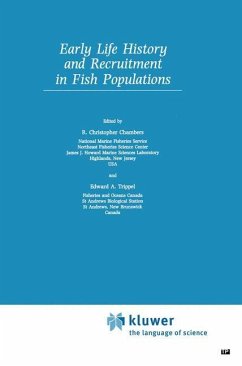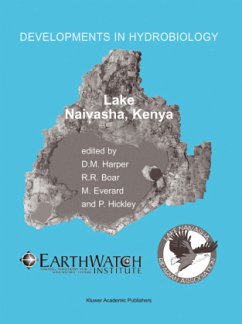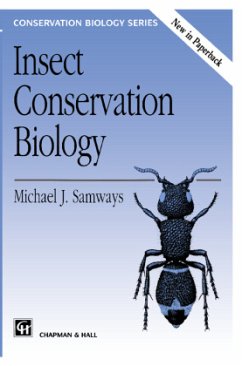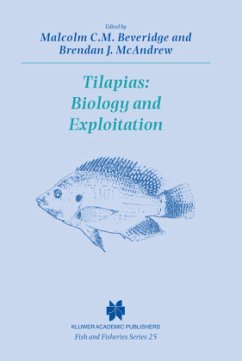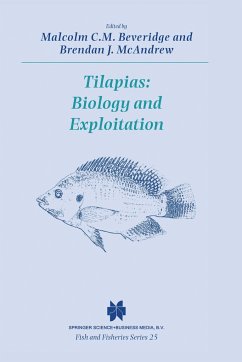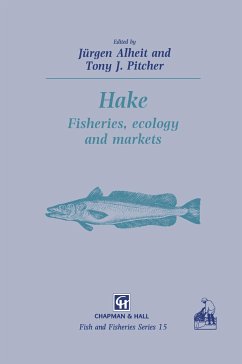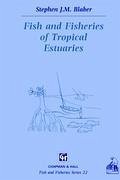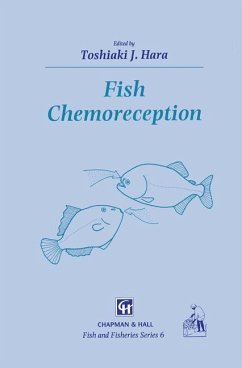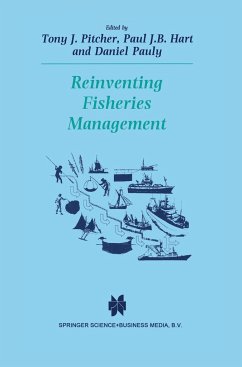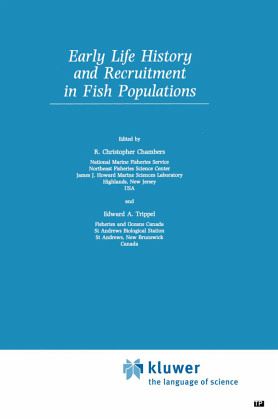
Early Life History and Recruitment in Fish Populations
Versandkostenfrei!
Versandfertig in 1-2 Wochen
231,99 €
inkl. MwSt.

PAYBACK Punkte
116 °P sammeln!
Many of the processes influencing recruitment to an adult fish population or entry into a fishery occur very early in life. The variations in life histories and behaviours of young fish and the selective processes operating on this variation ultimately determine the identities and abundance of survivors. This important volume brings together contributions from many of the world's leading researchers from the field of fish ecology. The book focuses on three major themes of pressing importance in the analysis of the role that the early life history of fishes plays in the number and quality of r...
Many of the processes influencing recruitment to an adult fish population or entry into a fishery occur very early in life. The variations in life histories and behaviours of young fish and the selective processes operating on this variation ultimately determine the identities and abundance of survivors.
This important volume brings together contributions from many of the world's leading researchers from the field of fish ecology. The book focuses on three major themes of pressing importance in the analysis of the role that the early life history of fishes plays in the number and quality of recruits: the selective processes at play in their early life history; the contributions of early life history to the understanding of recruitment.
This important volume brings together contributions from many of the world's leading researchers from the field of fish ecology. The book focuses on three major themes of pressing importance in the analysis of the role that the early life history of fishes plays in the number and quality of recruits: the selective processes at play in their early life history; the contributions of early life history to the understanding of recruitment.





